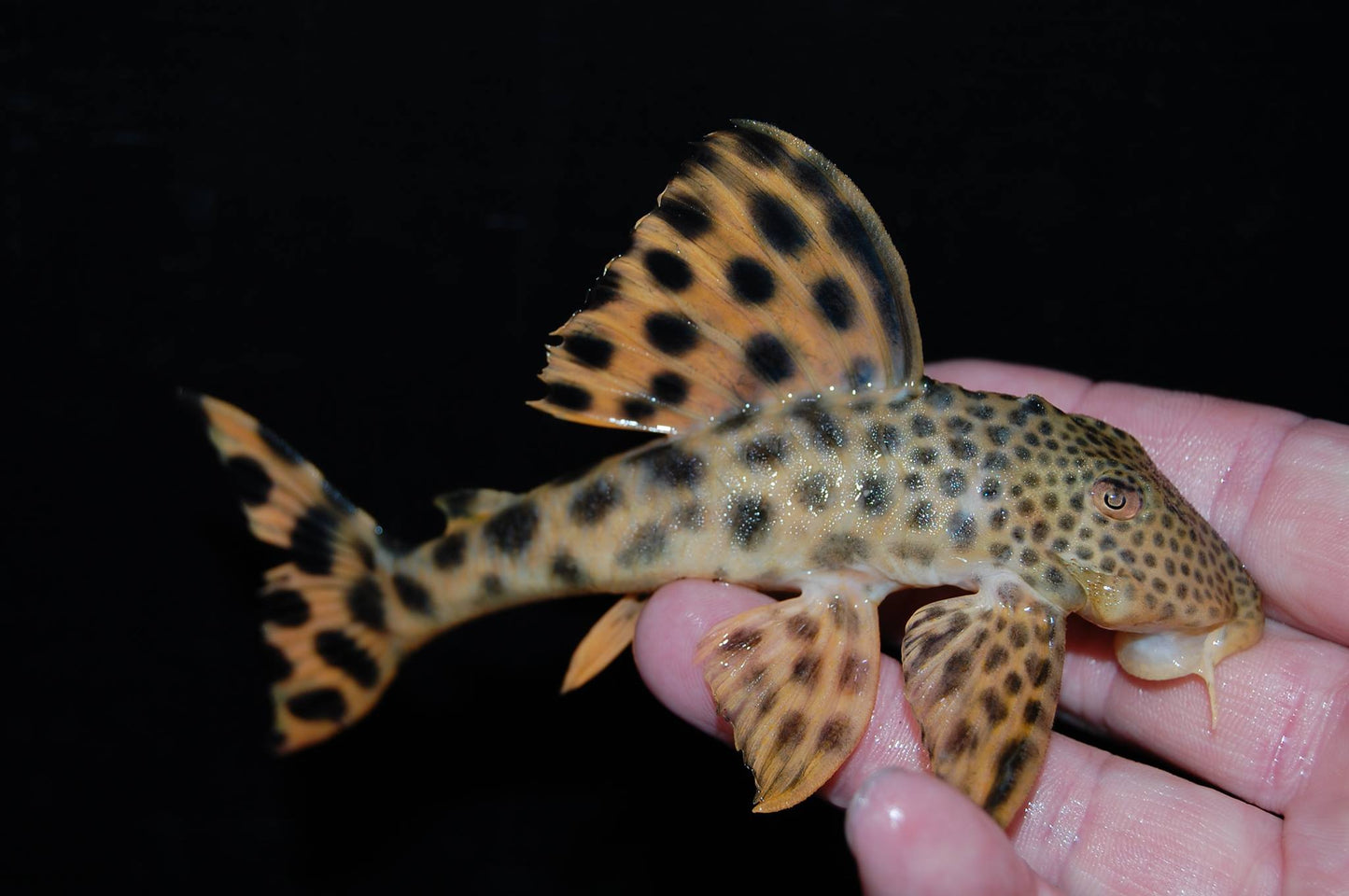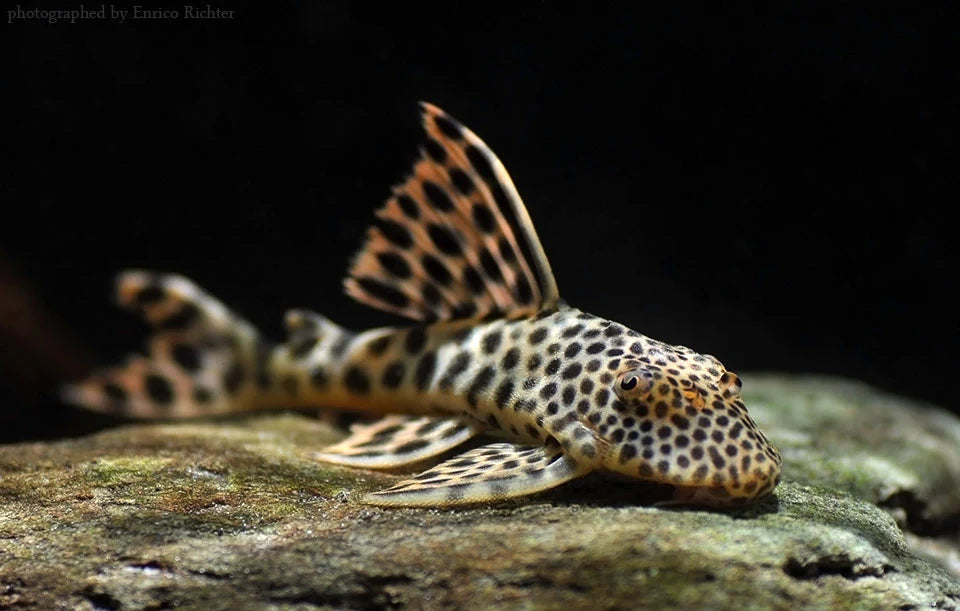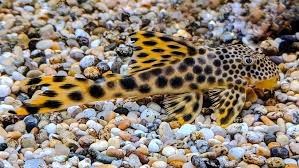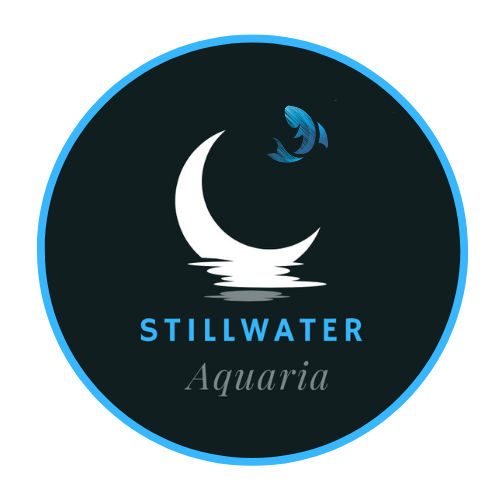Pleco Para
Pleco Para
Detailed Description
Detailed Description
The Pleco Para, also known as the Common Pleco or Hypostomus plecostomus, is one of the most widely recognized and popular species of plecostomus in the aquarium hobby. Native to the Amazon River Basin in South America, this pleco is known for its hardy nature, algae-eating capabilities, and distinctive appearance. While it’s often a favorite for beginners due to its adaptability, it requires ample space and care to thrive in captivity.
🐠 Appearance:
-
Size: Grows to up to 18 inches (45 cm) in length, with some individuals reaching slightly larger sizes in spacious tanks.
-
Coloration:
-
Typically, the body is dark brown to black, often with a mottled or spotted pattern of lighter shades of brown, gold, or gray.
-
The pattern can vary between individuals, with some being more uniformly dark while others show more noticeable spots or stripes.
-
The dorsal fin is relatively small but still noticeable, while the pectoral fins are large and spade-shaped.
-
The caudal fin (tail) is broad and forked, aiding in swift swimming.
-
🌿 Tank Requirements:
-
Tank Size: A minimum of 75 gallons is required for a single Pleco Para, though larger tanks are ideal, especially for multiple plecos.
-
Water Parameters:
-
Temperature: 74–80°F (23–27°C)
-
pH: 6.5–7.5 (slightly acidic to neutral)
-
Water Hardness: Soft to moderately hard
-
-
Environment:
-
Prefers a tank with plenty of driftwood and hiding spots, which is essential for the pleco's feeding habits.
-
Planted tanks work well, but care should be taken to provide open spaces for swimming and plenty of hiding spots like caves, rocks, or driftwood.
-
Fine gravel or sand substrate is recommended, as it mimics the natural riverbed and protects the pleco's underside.
-
🏡 Behavior & Compatibility:
-
Temperament: The Pleco Para is generally peaceful but can be somewhat territorial, especially with other bottom dwellers or plecos.
-
Tankmates:
-
Ideal tankmates include peaceful species such as tetras, gouramis, corydoras, and rasboras.
-
Avoid housing with aggressive species or other plecos unless the tank is large enough to provide ample space.
-
While the pleco is peaceful, it may be territorial when it comes to other bottom-dwelling species, especially in smaller tanks.
-
🍤 Diet:
-
Omnivorous: The Pleco Para is an omnivore and primarily feeds on algae, decaying plant matter, and organic material found on the surfaces of rocks, wood, and glass.
-
In Captivity:
-
Will consume algae wafers, blanched vegetables like zucchini, spinach, and cucumbers, as well as sinking pellets.
-
It’s essential to offer driftwood in the tank to help with digestion and provide essential nutrients, as plecos like the Pleco Para rely on consuming wood in their natural environment.
-
Supplement with occasional live or frozen foods such as bloodworms or brine shrimp for protein.
-
Product features
Product features
Materials and care
Materials and care
Merchandising tips
Merchandising tips
Share






